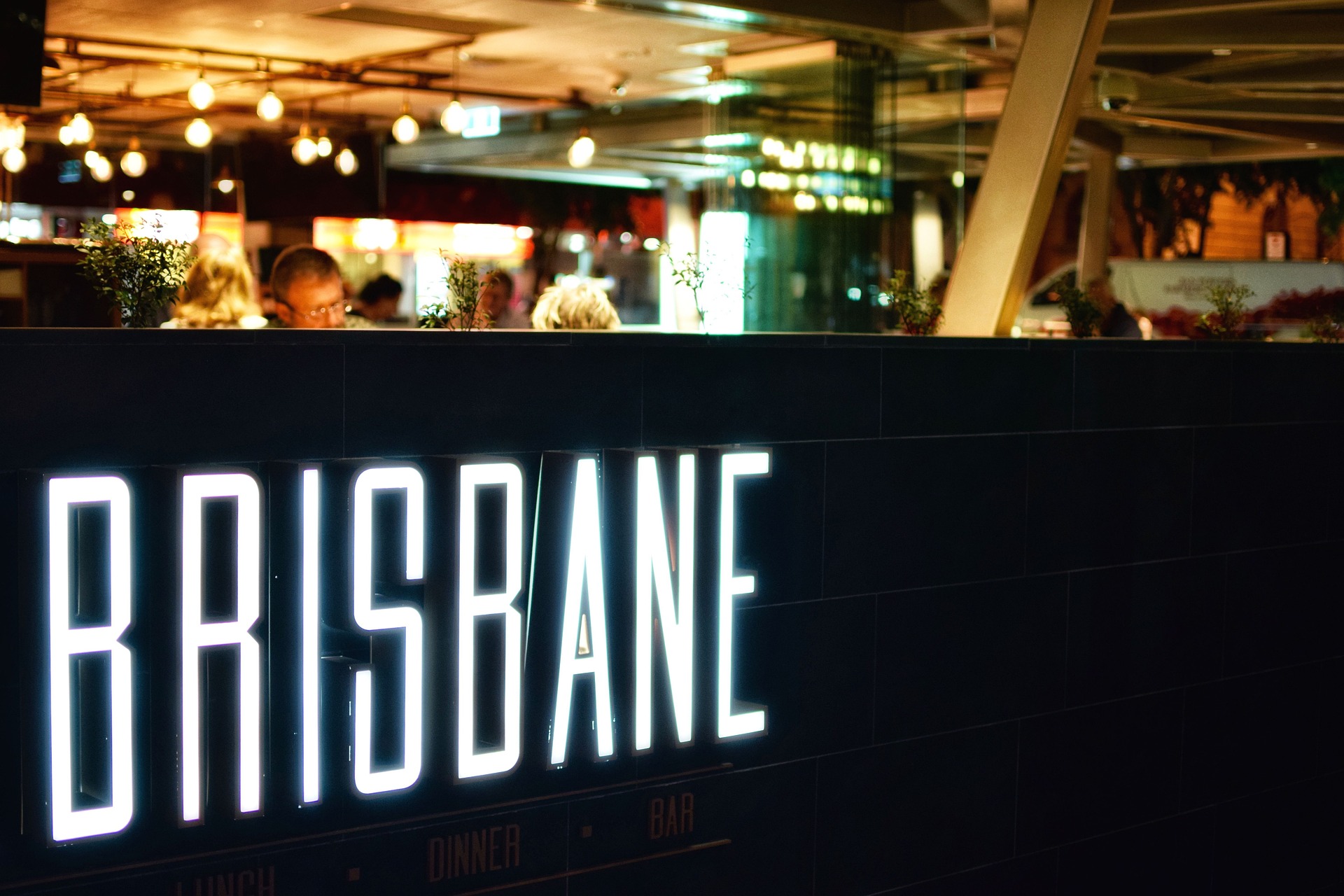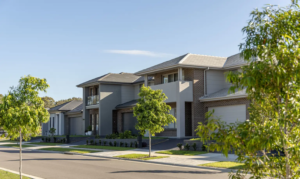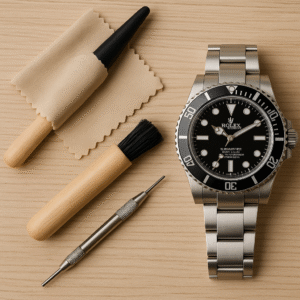JCUB Brisbane campus is located in the heart of the city and within a modern high-rise building. Become part of a tight-knit student community from over 88 countries.
At Community Friends, volunteers unpack truckloads of fresh produce, tinned goods and bread, and help hand them out to locals. It’s a community spirit that keeps many coming back week after week. Here are a few best parts of the community as viewed by The Brisbane Club.
Subtropical climate
The Brisbane region experiences a subtropical climate, which means that summers are hot and humid with a high chance of rain while winters are mild. The city is also sheltered from extreme cold temperatures by its location, lying at about 27° south latitude.
During the summer, temperatures can get uncomfortably warm and humid, with some days reaching into the high 30s. Thunderstorms are common, and the city is often affected by tropical cyclones.
In contrast, autumn is typically sunny and dry with temperatures in the high 20s. During the winter, temperatures rarely drop below 16° Celsius and are pleasantly mild at night.
Because of the subtropical climate, it’s important to design buildings that can accommodate both tropical and temperate conditions. This includes bringing breezes into homes to keep them cool, using natural light and gardens to reduce heat, and considering building materials that can withstand the weather. A recent study of Brisbane apartment dwellings found that residents of multi-storey apartment buildings (MSAB) reported less comfortable indoor environments than those living in detached houses on large blocks with gardens. The study surveyed 636 MSAB residents and conducted 24 interviews with them about their dwellings and experiences. They were asked questions about the indoor climate of their apartment, privacy, views from their dwellings, construction quality and whether they were designed to suit the local Brisbane climate.
Sporting obsession
The familiar thump of boot on ball echoes around this suburban outpost. Normally, this spherical ball sanctum is the domain of hardcore Aussie Rules and rugby league fanatics who watch matches in the dark of night, broadcast from the other side of the world. But on a Sunday afternoon, teenagers decked out in their team training gear run drills, pushed by their coaches with a mix of innate talent and learned ability.
They’re the Brisbane outpost of a flourishing Reclink Community Cup movement that has brought the Matildas into Australia’s sporting consciousness. This movement is less a sports team than a movement, and it’s leaving a mark on this country that goes beyond the game itself.
While the Matildas’ rollercoaster penalty shoot-out victory over France was a big hit on TV, it was a bigger hit in community clubs, the lifeblood of Australian sport and run by volunteers. Those clubs, often with no professional support, have had to cope with growing competition from commercial and government-supported stadiums. They have also had to contend with alcohol sales and sponsorships that are used by some clubs to boost income streams.
Despite Australia’s reputation as a sports-obsessed nation, the top three spectator activities here aren’t sports – they’re walking, gym or fitness classes and swimming. But a love of the game is so deep that it permeates all aspects of culture.
A thriving arts and culture scene
From dazzling street art to worldclass theatre, Brisbane’s arts and culture scene is rich and diverse. The city is home to the renowned Queensland Performing Arts Centre, which hosts a wide array of music and theater events. In addition, the city also features a number of smaller venues where emerging artists can showcase their talents.
Music is a vital component of the Brisbane cultural landscape, with the city hosting numerous music festivals throughout the year. These events feature both local and international musicians, allowing the city to experience a variety of musical styles.
The thriving art scene in Brisbane is shaped by the ongoing care of Aboriginal and Torres Strait Islander people, waves of migration, and powerful social change. For example, QUT Art Museum (MoB) focuses on Australian artists and showcases a range of stylistic approaches, while the Woolloongabba Art Gallery exhibits a broader collection with an emphasis on contemporary art that is technologically enabled or informed by future tech.
The city’s burgeoning art scene is also influenced by the vibrant multiculturalism of its inhabitants. The Multicultural Development Association (MDA) plays an important role in fostering a sense of belonging and inclusion for newcomers, offering a range of language and employment support services. In addition, MoDA facilitates community events that bring together different cultures. The city’s dedication to sustainability is evident through various environmental conservation efforts and a commitment to providing green spaces for its residents.
A friendly community
Brisbane’s laid-back lifestyle has created a warm community atmosphere. Locals are friendly, easygoing and open-minded – making it a great place to make new friends. Whether you’re into soaking up the sun at the riverside parks or kicking back in the city’s trendy bars and clubs, you’ll feel right at home.
The state of Queensland (locally pronounced /kwi:nzlaend/ KWINZ-land) is situated in northeastern Australia, bordered by the Coral Sea and the Pacific Ocean. It is the second largest and third most populous state of Australia, and is one of the fastest growing states. The state’s capital is Brisbane. The state is a major tourist destination, attracting visitors from across Australia and the world. It is also a popular retirement and holiday destination, with many coastal towns offering a relaxing and scenic lifestyle.
The people of Queensland are known as “Queenslanders.” They are an Australian ethnic group whose heritage is mainly British and Irish, with some migrants from other parts of Australia and Europe. In the 21st century, migrants from Asia have made a significant contribution to the population of Queensland.
The most common occupations of the state’s residents are managers, professionals and technicians, with a large number of health care workers and educators. Other major industries include construction, retail, tourism and agriculture. The state is prone to natural disasters, including severe tropical cyclones and floods.








